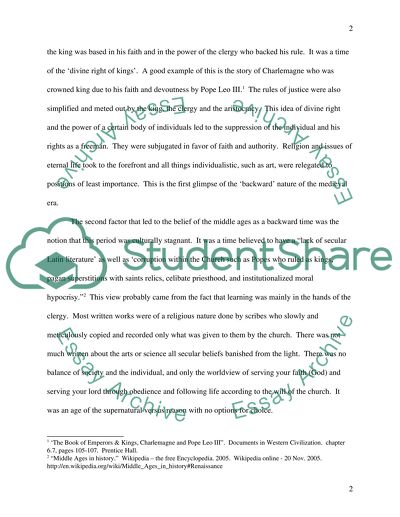Cite this document
(“Western Civilization. Changing Attitudes from the Ancient World to the Essay”, n.d.)
Western Civilization. Changing Attitudes from the Ancient World to the Essay. Retrieved from https://studentshare.org/history/1508675-western-civilization
Western Civilization. Changing Attitudes from the Ancient World to the Essay. Retrieved from https://studentshare.org/history/1508675-western-civilization
(Western Civilization. Changing Attitudes from the Ancient World to the Essay)
Western Civilization. Changing Attitudes from the Ancient World to the Essay. https://studentshare.org/history/1508675-western-civilization.
Western Civilization. Changing Attitudes from the Ancient World to the Essay. https://studentshare.org/history/1508675-western-civilization.
“Western Civilization. Changing Attitudes from the Ancient World to the Essay”, n.d. https://studentshare.org/history/1508675-western-civilization.


